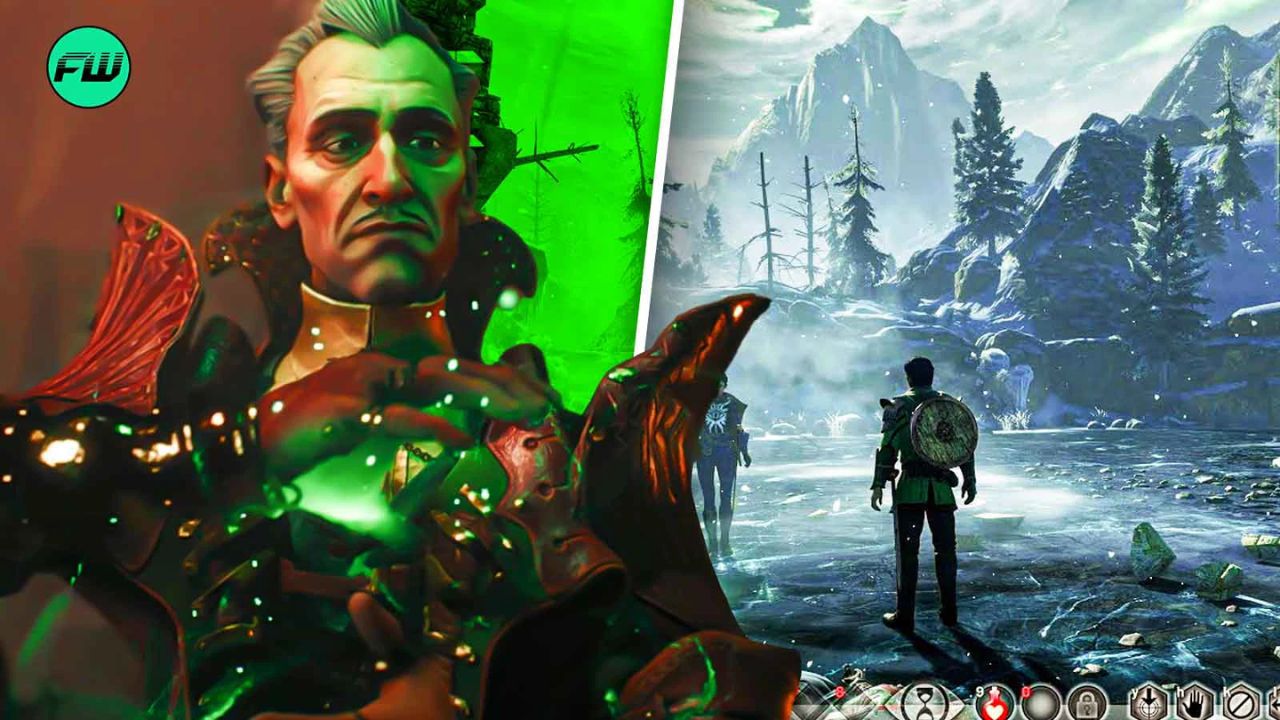
When Dragon Age: The Veilguard finally launches, it will have the unique challenge of catching players up on a world filled with lore spanning a decade and multiple games. However, one of the game’s most significant hurdles lies in a critical piece of content that many players may have missed—Dragon Age: Inquisition’s final DLC, Trespasser. According to The Veilguard’s game director, Corinne Busche, this crucial epilogue probably should have been part of the base game.
During a recent preview session for The Veilguard, where the upcoming title showed potential for being BioWare's long-awaited comeback, YouTuber MrMattyPlays asked Busche about the role of downloadable content (DLCs) in the series. Her response pointed out an issue that has nagged fans for years.
Trespasser: More Than Just a DLC
Busche didn’t shy away from expressing her love for the Trespasser DLC. "I'm a huge fan of Trespasser," she said. "If I were to give any critique, it would only be that Trespasser is so central to the Dragon Age: Inquisition story that arguably maybe that should have been part of the base game."
That’s not a light critique. While DLCs often offer extra content, Trespasser dives deep into the motivations and plans of Solas, the mysterious elven companion from Inquisition, who is revealed to be the Dread Wolf. Without Trespasser, many players were left scratching their heads at the end of Inquisition, wondering where Solas had disappeared and how he became the antagonist that he is poised to be in The Veilguard.
The Importance of Trespasser for The Veilguard’s Plot
For players who missed the Trespasser DLC—or haven't spent time watching lore recap videos on YouTube—The Veilguard may seem like a disjointed continuation. Without the DLC’s vital backstory, newcomers or even returning players might be confused about how Solas evolved from a somewhat enigmatic ally to someone who would destroy the world for a “greater good.”
This isn't the first time Dragon Age has built a main game's plot from a previous DLC. Fans might recall that Dragon Age 2’s DLC Legacy introduced Corypheus, who went on to become the main antagonist in Inquisition. In both cases, players who skipped the DLC were left to fill in crucial story gaps themselves.
A Lesson Learned for Future Titles
It appears that the development team behind The Veilguard is making a concerted effort to ensure the new title feels like a complete package from the outset. Busche emphasized, "We wanted to make it the most complete, out-of-the-box package we possibly could—from the player experience to the narrative—everything else."
That statement hints at a broader approach to storytelling in The Veilguard, potentially avoiding the pitfalls of leaving essential narrative elements in optional DLC content. By ensuring that critical plot points are included in the main game, BioWare hopes to create a more cohesive experience for all players, rather than relying on post-launch content to flesh out key storylines.
Final Thoughts
As Dragon Age: The Veilguard prepares for its release, one thing is clear: the team behind it has learned from the past. While Trespasser remains an essential part of the Inquisition experience, Busche’s comments reflect a desire to avoid repeating the same mistakes. By striving to offer a more complete narrative out of the box, The Veilguard could very well reignite fan excitement for a franchise that has captivated players for over a decade.
For both longtime fans and new players, Dragon Age: The Veilguard will offer a chance to dive back into a world rich in history, lore, and character development—this time, with fewer gaps to fill in. As the Dragon Age series moves forward, it’s a promising signal that BioWare is paying close attention to its storytelling roots.
Also Read:
https://news.thebadgamer.in/esports/dragon-age-veilguard-director-reflects-on-inquisitions-missing-epilogue/
Comments
Post a Comment